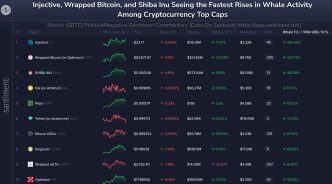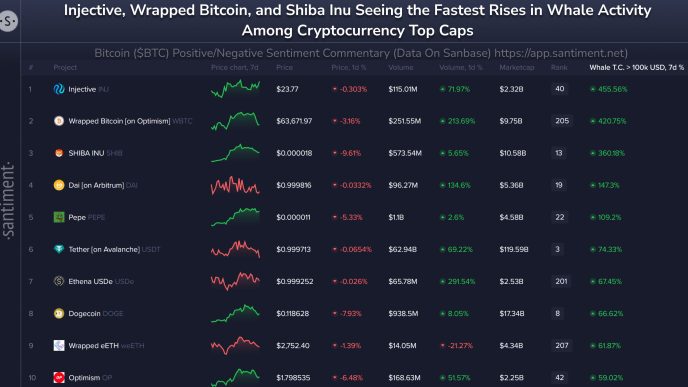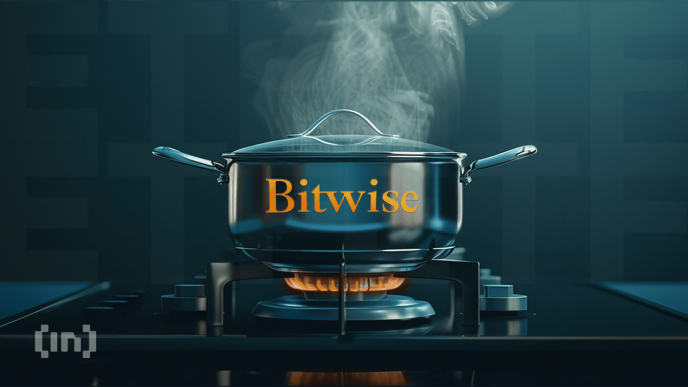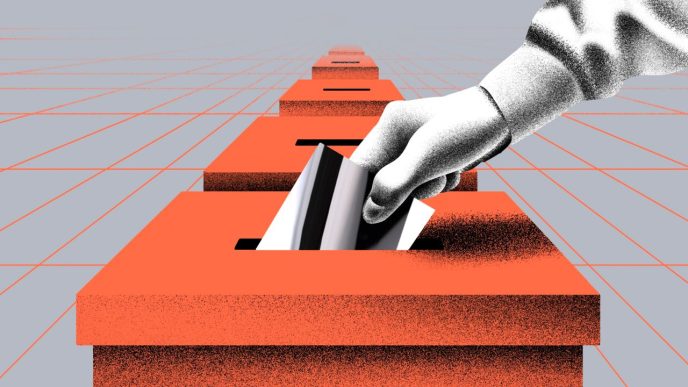HodlX Guest Post Submit Your Post
The question still comes up is crypto too complex for the ‘average user’ to understand?
The answer seems straightforward. Bitcoin quickly became a cultural phenomenon appearing in rap songs and movies and then was adopted by national governments and major corporations.
It is safe to say that the people get it.
Up to now, users have happily taken advantage of custodial exchanges to hold their digital assets when they don’t have the right hardware devices or living situation for self-custody.
Many others successfully store digital assets on a secure mobile phone with no problems.
It is clear that people are figuring out how to not only buy and sell digital assets but how to store them as well.
The question, then, is perhaps less about whether or not crypto is too complex and more about whether or not our technical education worldwide suffices for the modern age.
Is crypto too complex for most
The older generation is skeptical of new technology and would rather stick to banks with deposit insurance or crypto ETFs (exchange-traded funds).
That is the world they have always known, and it has served them well. They see no reason to change their ways now. But ETFs are not the world of tomorrow.
Young people understand digital assets. They are digital natives. The concept of digital assets is not foreign to them.
The industry could always use more education, especially free technical information for the unbanked.
But across the planet, individuals from all walks of life have successfully adopted Bitcoin and digital assets.
The industry must continue creating free educational content for dissemination on social media like it has done this far so well.
Storing Bitcoin doesn’t have to be complex
There are quite complex ways to store Bitcoin. Some large exchanges use a Faraday cage with an electromagnetic shield so as to not leak RF (radio frequency).
On the other hand, some people use very little security. They hold their digital assets on their smartphone or even laptop.
At the end of the day, it’s about striking a good balance. You’ve got to ask yourself, “What works for you?”
Everyone has different risk models when storing Bitcoin
Different individuals and/or entities will have different risk models and appetites when it comes to storing Bitcoin and other digital assets.
For many individuals, increased technical complexity could make things less secure rather than more secure.
Therefore, individuals will have to find a sweet spot where they are satisfied with security and ease of access to their digital assets.
If one were to employ a system too complex, they run the risk of losing coins due to their own mistakes. One should not chase security and add complexity beyond their skill set.
The main question to ask is whether their setup is secure or not.
Each individual must assess for themselves the risks they face from external factors versus their technical skill sets s well as the skillsets of those who will inherit their stash.
The lion’s share of digital asset holders do not have the technical expertise to employ highly complex storage strategies.
If the industry confuses people with overly-complicated security setups, they will be driven to custodial exchanges, which defeat the entire purpose of Bitcoin.
On the other hand, if people attempt storage setups that are too complex for them then they risk losing their coins.
How to back up a non-custodial wallet
Perhaps the most important aspect of holding Bitcoin in a non-custodial wallet hot or cold is to consider how wallets are backed up and how those backups are stored.
A wall or floor safe is enough security for many people as long as others don’t know you hold Bitcoin.
If people know where you live and that you also own Bitcoin, then you have higher risk and must account for that.
Simply writing 24 English words on a piece of paper is one way to back up your hardware wallet, but there are extra steps you can take to ensure your own protection.
Be sure to laminate the paper seed so it is protected from moisture. You can also put it in a tamper evident sealed envelope to ensure nobody has access to the seed phrase.
A bigger risk than having your seed phrase stolen is misplacing it or losing it to moisture or another natural disaster.
Some common threats to consider include fire, flood and termites that eat through paper backups, etc.
Most attacks on cold storage devices involve access to devices. Even then, most such attacks don’t work.
The biggest risk users face is not properly backing up a hardware wallet or making the instructions too difficult.
Can I use a cell phone to store Bitcoin
If you can’t obtain a hardware wallet, the next best option would be a mobile smartphone device, which likely has a secure element in the form of a security chip used to store particularly sensitive information accessible only by an authorized program.
This security chip creates isolation in a mobile OS (operating system)
A clean installation of a cell phone OS which is able to keep up with manufacturer updates is generally more secure than a laptop, and probably the most secure device you own.
Plus, cell phones include secure authentication methods including biometrics, pins and more.
From there, you can install a BIP39-compatible hardware wallet using a backed up mnemonic phrase.
BIP39 is an open-source protocol to standardize the means of creating and backing up a digital asset wallet with a mnemonic phrase.
Opt for a mobile wallet that has smart features around privacy and fee management.
If you have no mobile device, it might be more secure to use a custodial exchange because desktops are just not that secure, truth be told.
What does the future of Bitcoin security look like
In the future, the digital asset industry may settle on a standard wherein a social sharing mechanism is employed in order to achieve secure storage.
Such a procedure entails a mnemonic phrase sharded into multiple shards that achieve quorum–three of fifteen or a hierarchical system where some shares are worth more than others.
We share these pieces with our families and become each other’s guardians by storing shards of each other’s mnemonic phrases securely.
This social mechanism would rely on a network of friends and family. The mnemonic phrases can be chiseled in the steel.
Kadan Stadelmann is a blockchain developer and operations security expert as well as Komodo Platform’s chief technology officer. His experience includes working in operations security in the government sector. Kadan started his journey into blockchain technology in 2011 and joined the Komodo team in 2016.
Follow Us on Twitter Facebook Telegram
Disclaimer: Opinions expressed at The Daily Hodl are not investment advice. Investors should do their due diligence before making any high-risk investments in Bitcoin, cryptocurrency or digital assets. Please be advised that your transfers and trades are at your own risk, and any loses you may incur are your responsibility. The Daily Hodl does not recommend the buying or selling of any cryptocurrencies or digital assets, nor is The Daily Hodl an investment advisor. Please note that The Daily Hodl participates in affiliate marketing.
Generated Image: Midjourney
Source link
Kadan Stadelmann
https://dailyhodl.com/2024/10/01/what-is-the-best-way-to-secure-my-bitcoin/
2024-10-02 03:40:02














